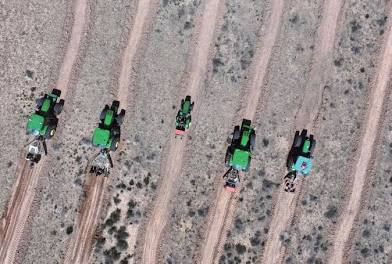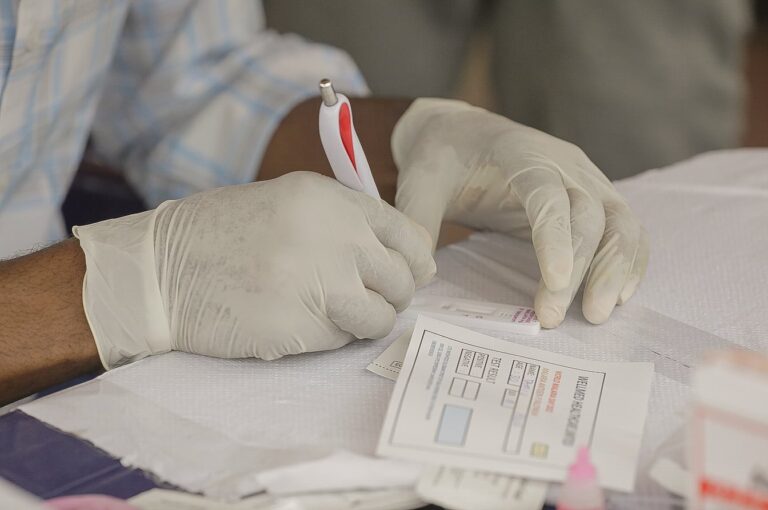
A cutting-edge Chinese innovation has caught the attention of North and West African nations grappling with rapid desertification and growing food insecurity.
The technology, a fully automated tree-planting robot known as Jumang 301, could revolutionize agriculture in arid regions like Mali, Burkina Faso, and Niger by transforming deserts into fertile farmland.
As the Sahel faces escalating environmental challenges, including desert expansion and declining agricultural yields, the possibility of cultivating crops in previously barren landscapes is drawing interest.
Jumang 301, developed under China’s ambitious “Three-North Shelter Forest Program”—also known as the “Great Green Wall of China”—may hold the key to making this a reality.
The robot was showcased in photos shared by Liao Liqiang, China’s ambassador to Egypt, on his official X account. Designed for reforestation efforts in northern China, which contains 90% of the country’s desert land, Jumang 301 combines autonomous navigation, visual recognition, and fully automated operations.
According to its specifications, Jumang 301 performs five crucial tasks: loosening the soil, planting saplings, pressing the soil, covering it, and watering—all in one seamless process. Its efficiency is striking: ten times faster than human labor and 30% less costly.
This blend of automation and sustainability has already prompted interest across Africa, where desertification threatens food production and livelihoods. With the Jumang 301, countries in the Sahel may gain a powerful ally in the push for food independence and land restoration.
Egypt has taken the lead in Africa by piloting a similar initiative in partnership with China and the United Arab Emirates. The North African nation is now cultivating sugar beet in its desert regions—a project expected to reduce reliance on sugar imports dramatically.
For countries like Mali, Niger, and Burkina Faso, adopting such innovation could usher in a new era of agricultural resilience, reducing dependence on unpredictable weather patterns and boosting local food production.
The hope now is that this technological breakthrough will soon take root in the Sahel, where farmers await a sustainable alternative to climate uncertainty.



